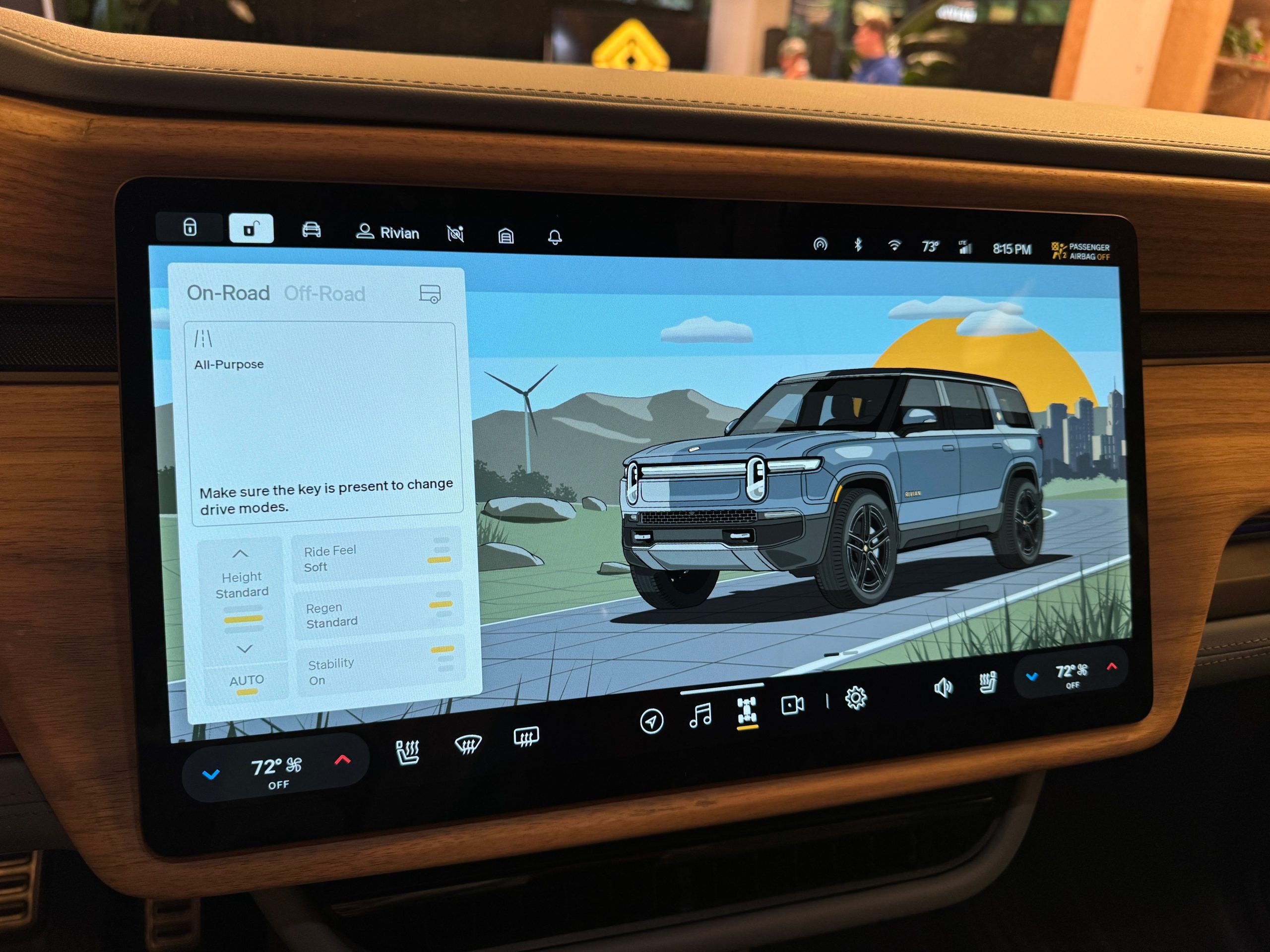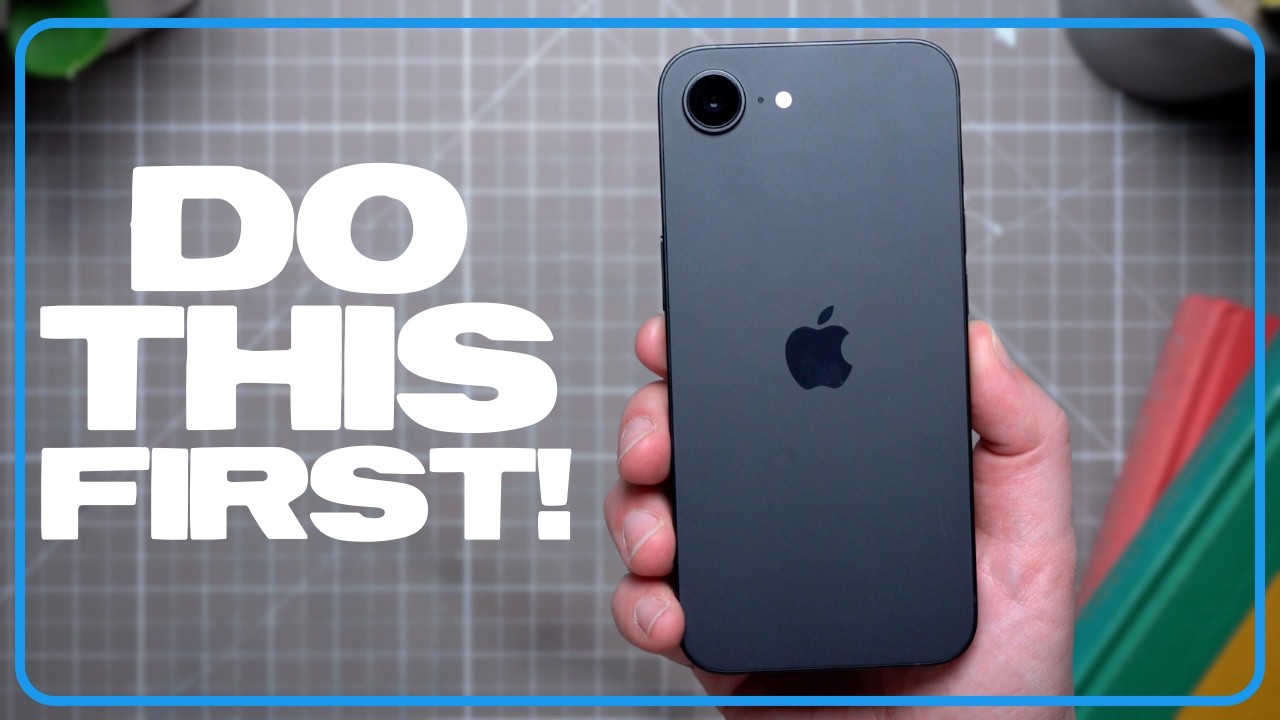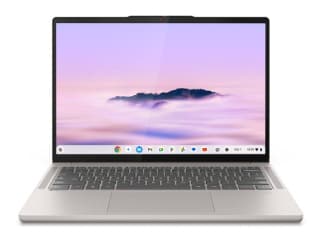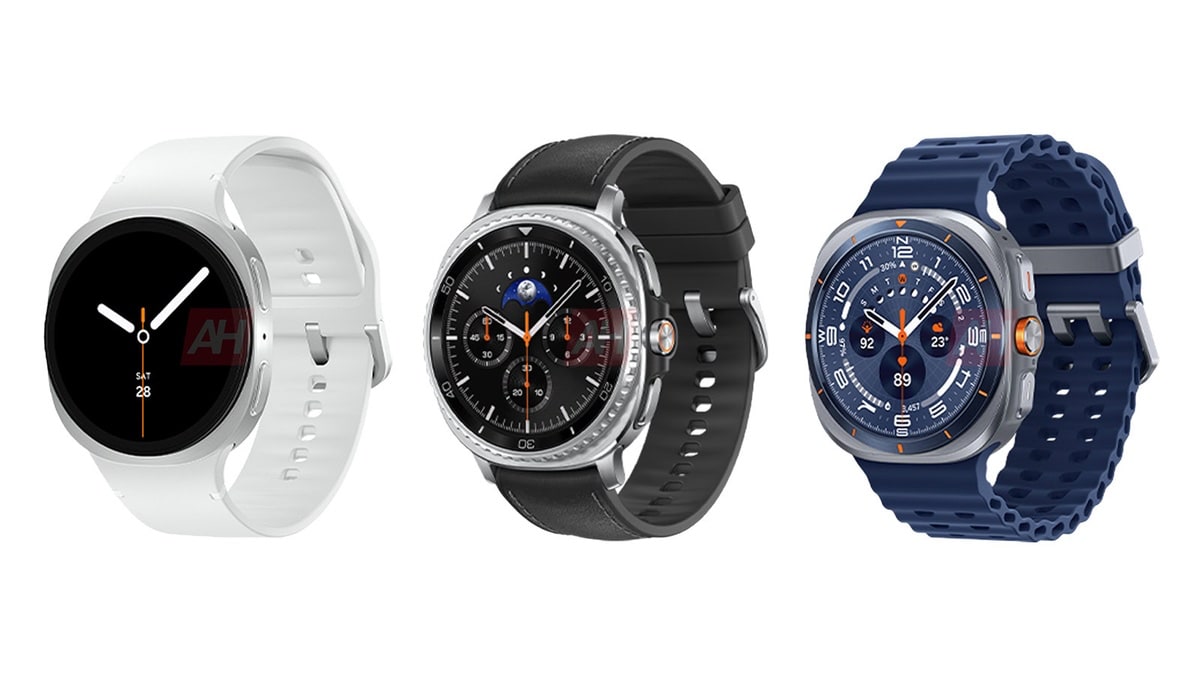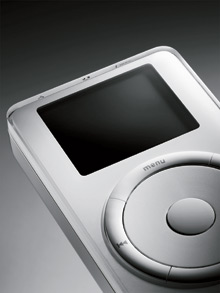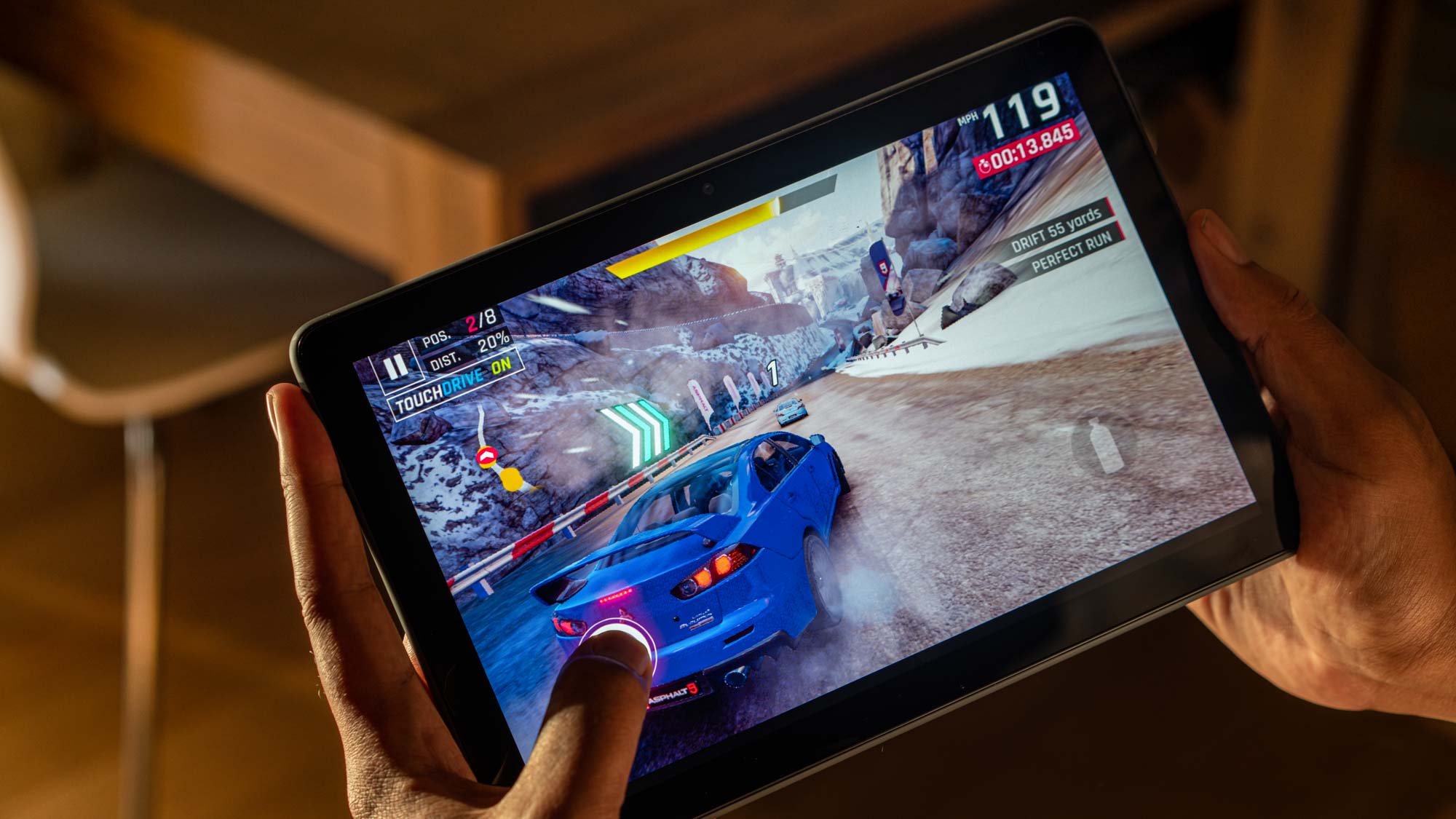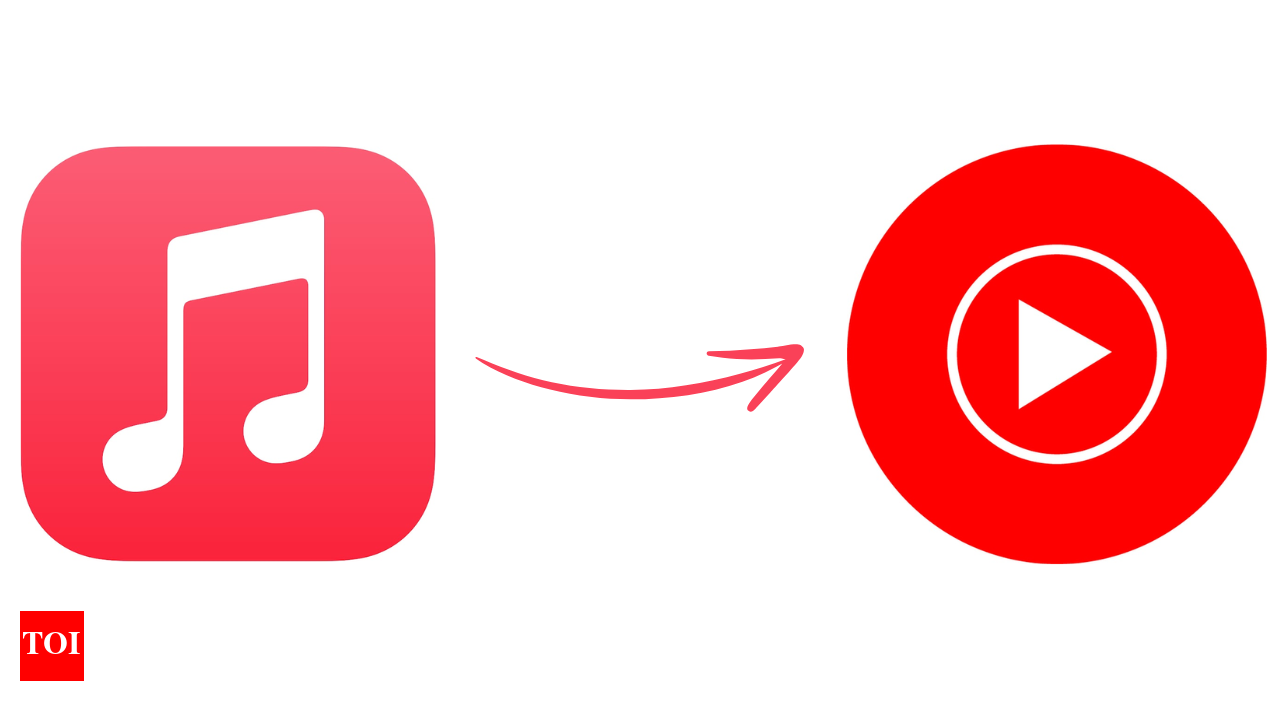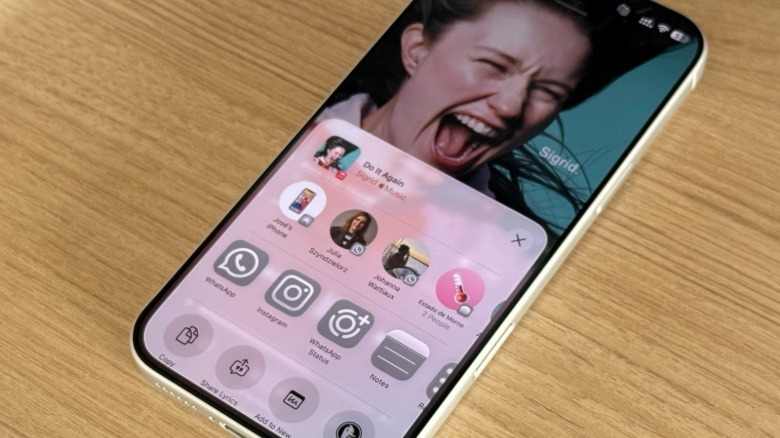Google and AWS Team Up to Tackle Widespread Outage Problems
Both firms are aiming to eliminate significant outages altogether.
What you need to know
– Amazon and Google have reportedly announced their collaboration to develop a new “multicloud networking service.”
– The goal is to enable “reliable connectivity” and enhance “network interoperability” to ideally help minimize major outages.
– A significant outage that recently took place was on October 20, when AWS experienced downtime, resulting in a substantial portion of the internet going offline.
Following that substantial AWS disruption in October, Google and Amazon have come together to work towards rendering outages a thing of the past.
The collaboration between Amazon and Google was detailed by Reuters, which refers to a comment from both entities. Per the announcement, the two companies have united to establish a “multicloud networking service” aimed at promoting “reliable connectivity.” Reuters quotes Robert Kennedy, AWS’s vice president of network services, who remarked, “This partnership between AWS and Google Cloud signifies a critical evolution in multicloud connectivity.”
The intricate specifics of this new service indicate that Amazon’s portion of the agreement brings its internconnect-multicloud services into play.
This is complemented by Google Cloud’s Cross-Cloud Interconnect. Reports indicate that, in conjunction, the cloud services from Amazon and Google should enhance “network interoperability,” with the hope of decreasing the chances of significant outages disrupting the internet. Officially, Rob Enns, vice president and general manager of cloud networking at Google Cloud, informed Reuters that this cooperative effort is designed to streamline the movement of data and applications “between clouds” for users.
Amazon and Google assert that their collaborative initiative to develop this multicloud networking service should assist clients with “private” and “high-speed” connections between the two platforms.
October 20 marked a grim chapter… for several hours
It was hard to overlook, as October 20 was the date when a significant AWS outage affected thousands, effectively bringing the internet down for hours. AWS (Amazon Web Services) reached peak outage around 3 AM ET, though issues began around midnight. The outage severely impacted the US-EAST-1 (Northern Virginia) region, which serves as the largest data center hub for the service.
This disruption, which knocked out a portion of the internet, along with major applications like Reddit, Snapchat, and even Fortnite, highlighted a crucial reality: AWS is immensely relied upon. Global government services were also affected, amplifying calls for diversity in multi-cloud strategies to prevent such severe occurrences.
The problems within the EC2 network caused significant latency and “increased error rates” for users attempting to access online services. AWS even reported that its connection health was “degraded,” prompting ongoing efforts to address these issues. After approximately six hours, applications and services started to come back online, but the impact had already been felt.
Read More
